Northern Highbush Blueberry (Vaccinum Corymbosum) – 1 Gallon Pot
$39.97 Original price was: $39.97.$27.98Current price is: $27.98.
SKU: D2LSC 2439990639 Category: FRUIT TREES & PLANTS
- Get the Best for Less
- No-Questions-Asked Returns
- Effortless Shopping, Quality Products
- 7 days free returns

Northern Highbush Blueberry
Vaccinum corymbosum
NOTE: All of our fruit plants are grown in containers outdoors so they are fully rooted and landscape-ready upon arrival.
Plant Details
USDA Plant Hardiness Zones: 4a-8a Find Your Zone
Chilling Hours: 800-1,000 Chill Hours Learn more here
Ripens: Summer
Pollinators: Pollinator is not required but can boost fruit production by up to 20%
Height at Maturity: 6′
Width at Maturity: 6′
Spacing: 5 feet for solid hedge
Fruit Color: Powdery Blue
Fruit Size: Large
Fruit Size: Large
Sun Needs: Full Sun or Part Shade
Water Needs: Average
Soil Type: Rich in organic matter
Drainage/Soil Moisture: Moist But Well-Drained
Soil pH: 4.5-6
Description
The native Northern Highbush Blueberries are the most widely planted blueberries in the world. This is the original species that is very vigorous and cold-hardy, making it a perfect choice for gardeners in cooler climates and northern regions. The leading commercial blueberry in North America, this one has excellent fruit quality and the berries are very sweet for fresh eating or used in pies and baking, sauces and jams, and frozen for later use. All highbush blueberries are self-fruitful however adding another cultivar(s) might boost fruit yield by up to 20%. But the attributes go beyond just the delectably sweet berries. The pretty spring flowers and handsome blue foliage that turns to vibrant red in fall make the Norther Highbush Blueberry excellent for use in the edible landscape.
NOTE: All of our fruit plants are grown in containers outdoors so they are fully rooted and landscape-ready upon arrival.
Growing Preferences
The Northern Highbush Blueberries are low maintenance plants that are very easy to grow. The growing area should be sunny to partially shaded and with well drained that is rich in organic matter. They prefer a sandy soil, so adding some river sand to dense, compact soil is beneficial. Acidic soil ranging between 4.5 to 6.0 on the pH scale is a must. If you need to make your soil more acidic apply Soil Sulfur as directed on the product label to acidify soil. One pound of sulfur applied to 100 square feet of soil will lower the pH about 1 pH unit (from 4.5 to 6.0). The sulfur works best if it is tilled in the soil to about six inches. Adding organic matter to the soil at planting time, such as composted cow manure or composted leaves, will also help to create an acid soil.
Helpful Articles
Click on a link below to find helpful advice from our experts on how to plant and care for Blueberry bushes.
How To Plant A Blueberry Bush
How To Fertilize & Water Blueberry Bushes
How To Prune A Blueberry Bush
Plant Long & Prosper!
Meet The Wilson Brothers & Staff
Questions? Contact Us!
Everything came packed beautifully and no breakage. We planted them within a couple days of receiving and they are doing fine. Thank you so much. Great job!——————————————–You’re very welcome. We are so glad you are pleased and we hope you enjoy your purchase for years to come! Thanks for the awesome review! 🙂 Beth Steele | WBG
Be the first to review “Northern Highbush Blueberry (Vaccinum Corymbosum) – 1 Gallon Pot” Cancel reply
Related products
Sale!
FRUIT TREES & PLANTS
Sale!
FRUIT TREES & PLANTS
Sale!
FRUIT TREES & PLANTS
Sale!
FRUIT TREES & PLANTS
Sale!
FRUIT TREES & PLANTS
Sale!
FRUIT TREES & PLANTS
Sale!
FRUIT TREES & PLANTS
Sale!
FRUIT TREES & PLANTS
American Persimmon Tree – Diospyros Virginiana – 3 Gallon Pot













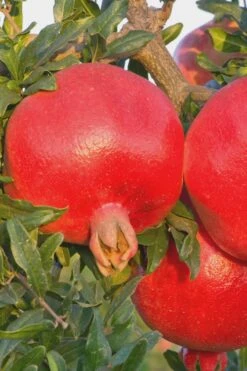


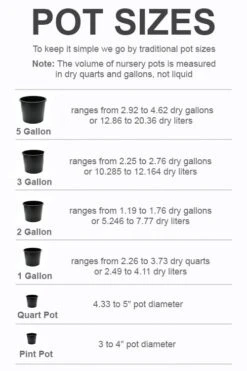
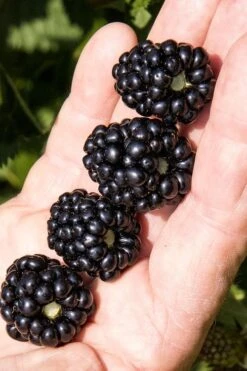
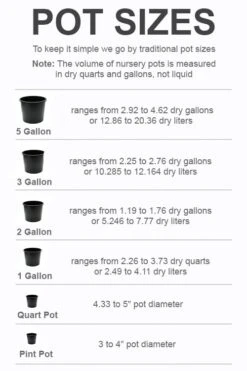





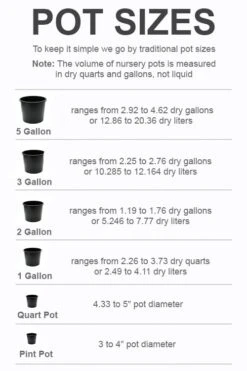
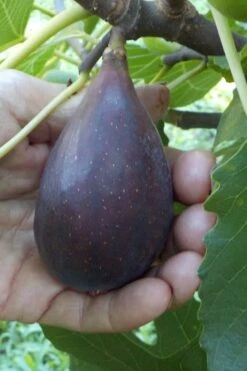
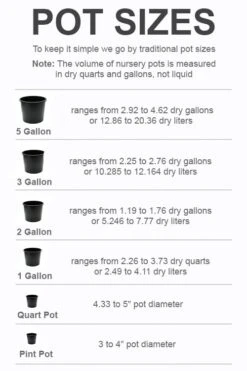
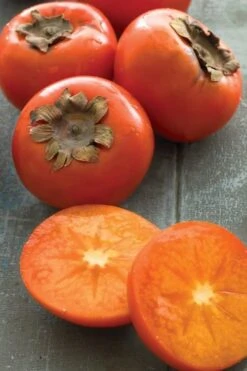
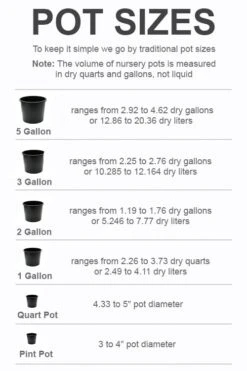
Reviews
There are no reviews yet.